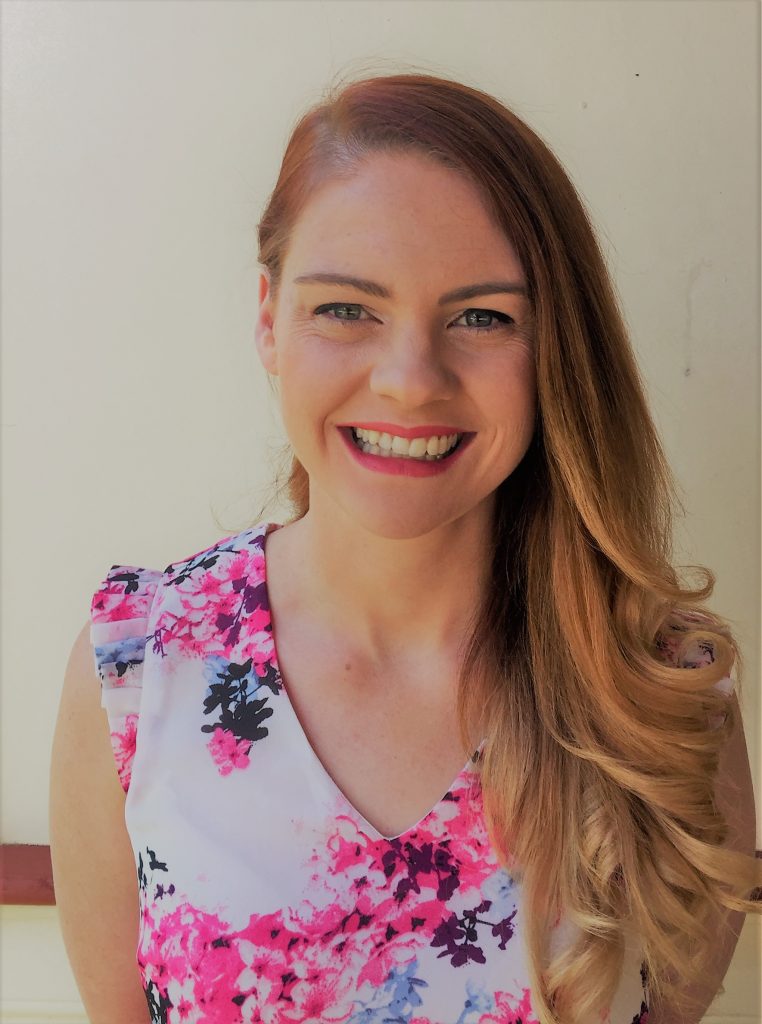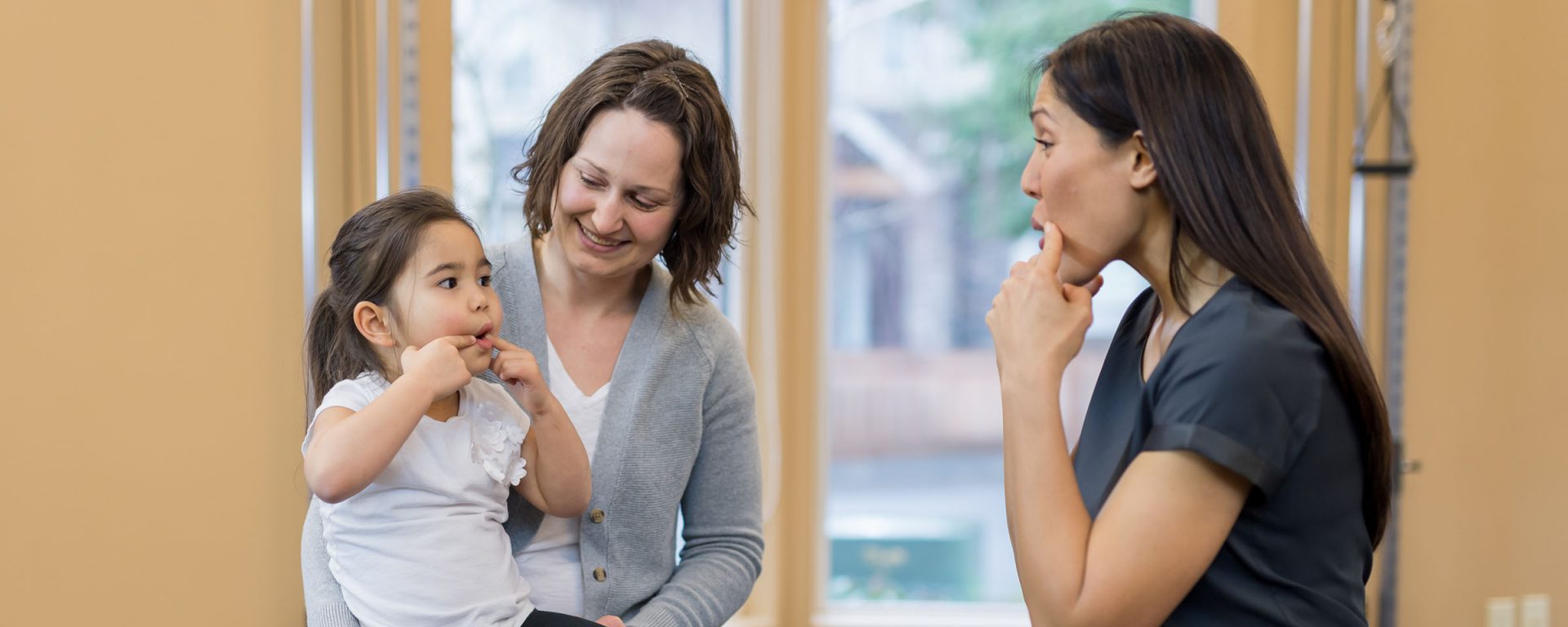Speech pathology is all about helping people. Helping them develop language and communicate effectively. It’s a rewarding field. One which anyone with an undergraduate degree and a drive to assist people can enter with a speech pathology master’s degree.
Central to speech pathology is an understanding of how linguistic, communication and speech functions develop in children – so any abnormalities can be diagnosed and treated.

For Dr Sarah Verdon, Head of Speech Pathology at Charles Sturt (and a speech pathology PhD graduate from the university), parents play a key role in helping children develop communication skills and a broad vocabulary.
How? Well, Dr Verdon has a mnemonic that explains how parent-child interactions can strengthen communication skills.
S.P.R.I.N.G.
Here’s Dr Verdon to explain it.
S is for “sing”
“Song is a really great way of remembering concepts. I can’t remember where I’ve left my keys, but I can remember every single word to Brittany Spears’ first album from when I was 12, because music plays down on your brain and it just stays with you. So if they’re learning about concepts, such as the song, Head, Shoulders, Knees, And Toes, they’re learning your body parts in a jingle that’s going to stay with the child. It can be much easier than trying to learn individual vocabulary words, actually putting them into a song.”
P for “play”
“Play is children’s core business. That’s what they were put on this earth to do. That’s how they figure out what’s going on in the world and explore their environment. It’s a really fun way for them to learn words, by you telling them the words of the things that they’re playing with. It’s a great way for them to learn social interaction and turn-taking and all of that, but in a really fun way.”
R is for “read”
“Absolutely read with your children every single day – and from birth because babies love books too. I think sometimes we assume kids aren’t into books until they’re two or three, but they certainly are. A colleague of ours at Charles Sturt University, Dr Michelle Brown, does a lot of speech pathology research about reading with babies and what a huge impact it can have on their long-term abilities. It teaches kids lots of vocab that they wouldn’t normally see. You’re not going to see a giraffe or a zebra out the front of your house, but you’ll see it in a book. That’s how you learn vocabulary that’s not familiar in your environment. And it ingrains that love of reading within children from a young age.”
I is for “interact”
“The things that children crave most are not toys or lollies, it’s interaction and connection with their loved ones. If you can just give them that time… a great analogy that we use is the serve and return. Every time a child serves a communication attempt at you, you should return it, whether it’s a gesture or a sound. It could even be a baby babbling at nine weeks of age. You saying, ‘Oh baby, you’re babbling. Oh, you’re such a beautiful talker,’ that’s the serve and return of constantly interacting with your child. You’re letting them know that you hear them. That their communication has an impact on your life. And that you’re there to return that serve.”
N is for “name and narrate”
“This is where talking to yourself comes in really handy. It’s nothing to be ashamed of. I talk to myself all the time. The more you talk to yourself, the more kids hear words in their environment. So if you’re cooking dinner, say mummy’s getting the pasta out, mummy’s getting the pot out, mummy’s stirring the pasta in the pot. They are then learning all of these vocabulary words, but you don’t have to do anything extra because you were already cooking the pasta. You just have to talk about it as you do it and the children learn the vocab.”
G is for “going where the child leads”
“This means that you don’t have to convince children to try and learn language. You just follow them. If they’re interested in a truck, sit down and play with the truck. Your child takes an interest in a TV show? Talk to them about what’s on the TV. If they’re interested in the bug on the ground, then go with that. There’s so much opportunity to teach language in whatever the child is already doing. You don’t have to think up any specific, interesting activities for language learning because kids are already pretty fun.”
Spring into speech pathology
You can hear more about Dr Verdon’s work in the speech pathology field on our alumni podcast. And if you’re keen to enter this fascinating field – and help children and adults communicate better – explore our online speech pathology master’s degree.


You must be logged in to post a comment.